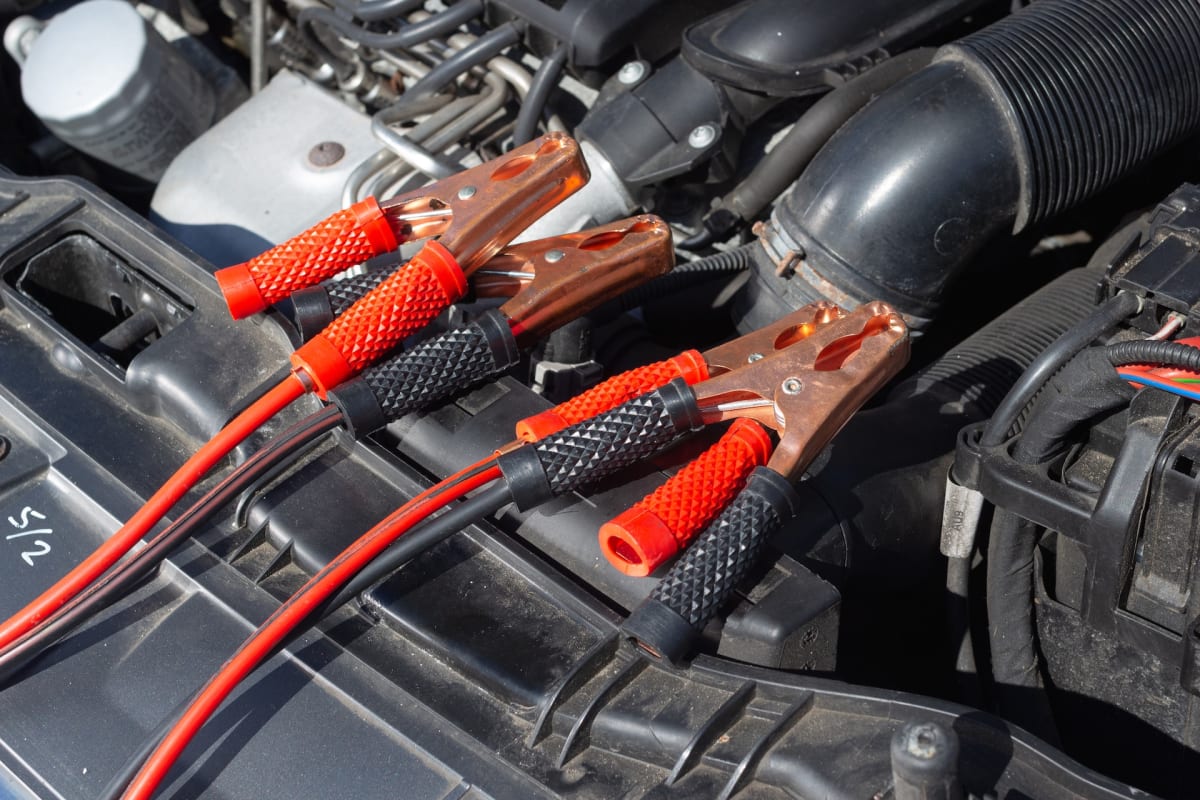Proper Procedure for Electric Vehicle Motor Disassembly and Reassembly
September 29, 2023
Electric Three-Wheeled Vehicle Charging: Location and Duration
October 10, 2023Contents
Avoid Plug Heating During Charging:
- Loose charger output plugs and oxidation on the contact surfaces can lead to plug heating during charging. Prolonged heating can cause the charging plug to short-circuit, potentially damaging the charger. To prevent unnecessary losses, promptly clean off oxidation or replace connectors if such issues are observed.
Prevent Prolonged Exposure to Sunlight:
- High temperatures in the environment can increase internal pressure within the battery, causing the pressure relief valve to open automatically. This results in increased water loss from the battery, which can lead to decreased battery activity, accelerated plate softening, and damage to the battery shell, including deformation and bulging.
Avoid High Current Discharge:
- When starting, carrying passengers, or climbing slopes with an electric tricycle, it’s advisable to use pedal assistance to avoid sudden high-current discharges. High-current discharges can lead to the formation of lead sulfate crystals, which can harm the physical properties of the battery plates.
Do Not Store the Battery in a Discharged State:
- Storing the battery in a discharged state, meaning after use without prompt recharging, can lead to the formation of sulfate salts. These salts can adhere to the battery plates, obstructing ion channels and causing reduced charging capacity. The longer the battery remains in a discharged state, the more severe the damage. Therefore, when the battery is not in use, it should be recharged at least once a month to maintain its health.
Control Charging Time:
- For optimum battery health, it’s best to charge when the battery’s discharge depth is at 60%-70%. In practical terms, this can be determined based on the actual riding distance. Charge as needed to avoid overcharging, which can be harmful to the battery.
Regular Inspection:
- During usage, if you notice a sudden and significant decrease in the electric tricycle’s range within a short time, it may indicate a battery issue such as a disconnected cell, plate softening, or shedding of active material causing a short circuit. In such cases, it’s crucial to promptly seek professional battery repair and maintenance services. This can help extend the lifespan of the battery pack and minimize expenses.
Proper maintenance of your electric tricycle’s battery is essential to ensure its longevity and optimal performance. Following these tips can help you keep your battery in good condition for an extended period.
Extended reading
- About where to find the charging port you can read Electric Three-Wheeled Vehicle Charging: Location and Duration
- Electric Three-Wheeler Battery Specifications, Lifespan, and Charging Guidelines The article shows detailed battery maintenance techniques to sing about the life of the battery.


